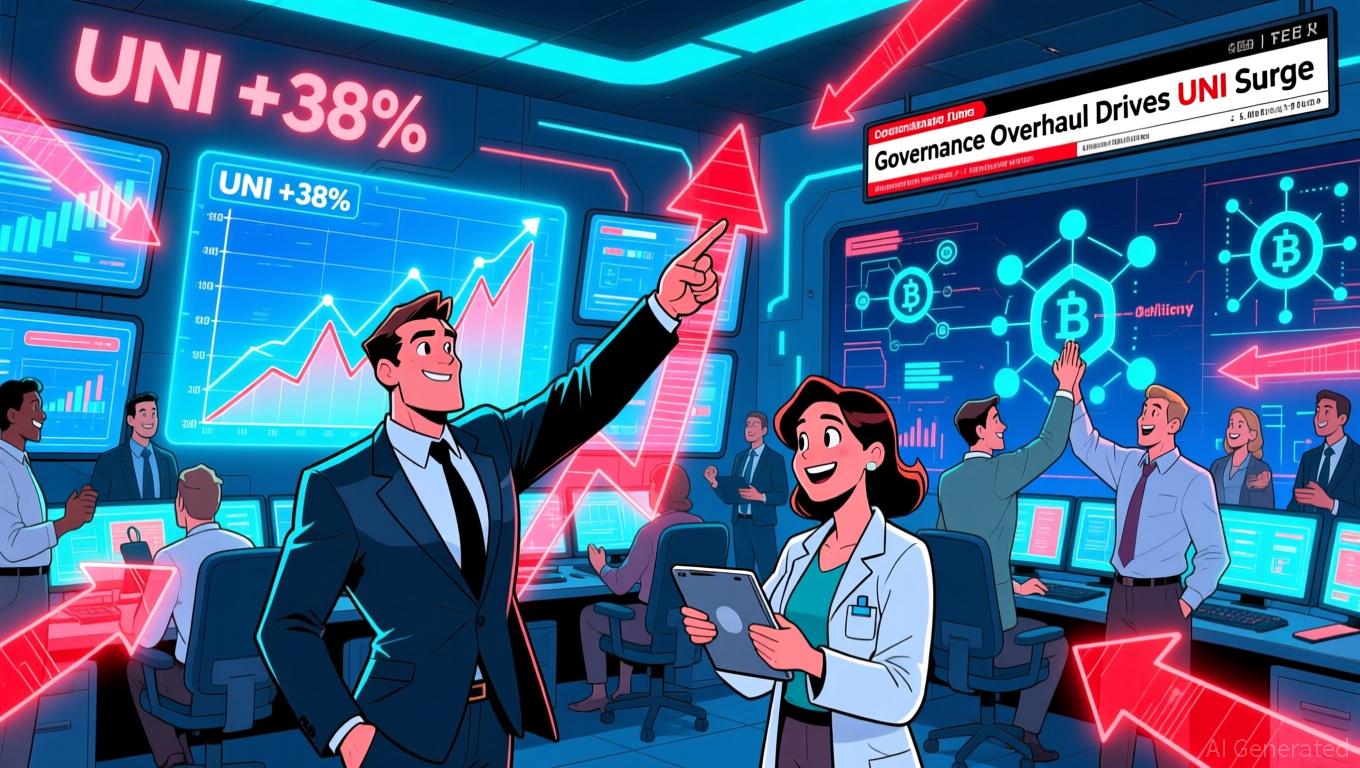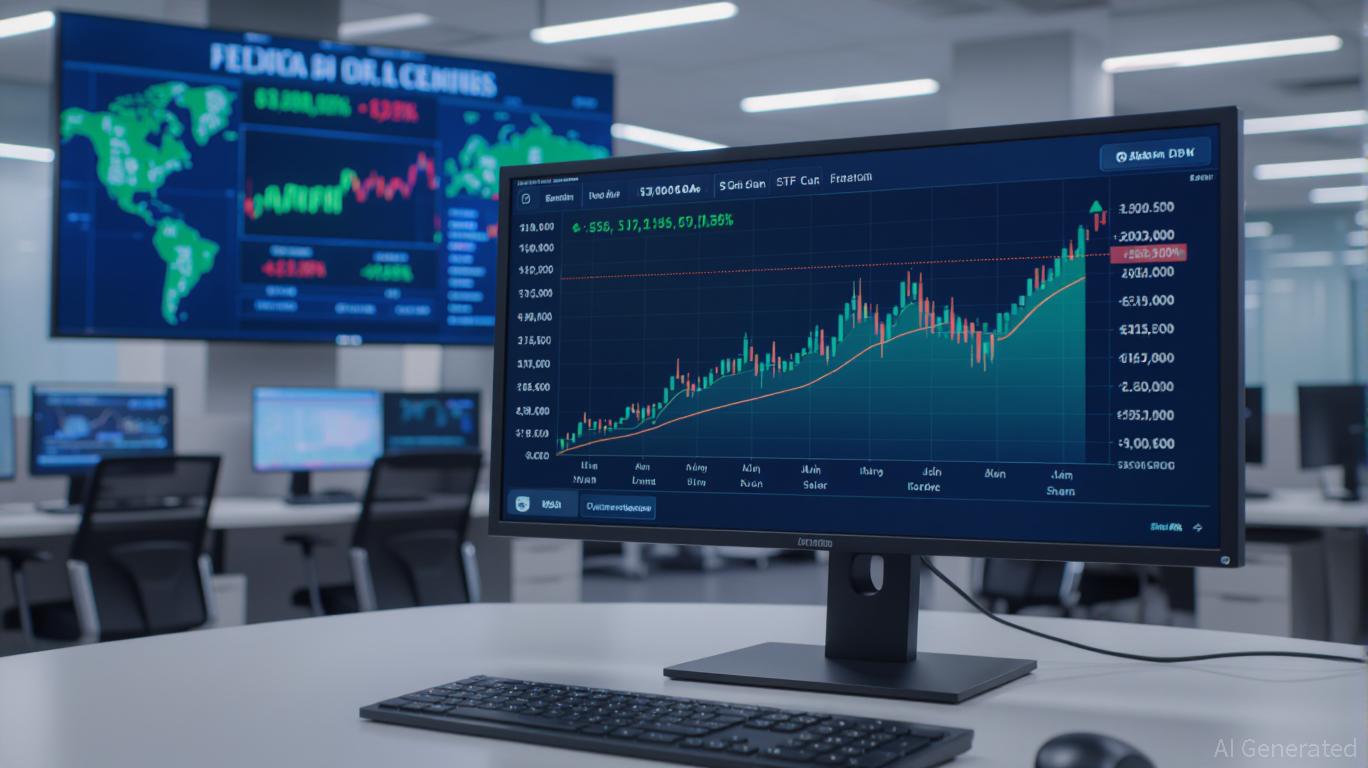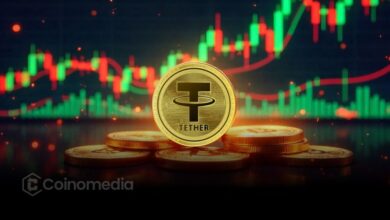Uniswap News Today: Uniswap's 100 Million UNI Token Burn Sparks 38% Rally as Deflationary Changes Transform DeFi
- Uniswap's UNI token surged 38% after the Foundation and Labs launched the "UNIfication" governance overhaul, activating protocol fees and token burns. - The proposal includes a 100M UNI retroactive burn (16% of supply), fee redirection to deflationary mechanisms, and a 20M UNI Growth Budget for DeFi innovation. - Structural changes consolidate teams under Uniswap Labs, eliminate interface fees, and establish a 5-member board to align governance with DUNA's decentralized framework. - Market reaction saw U
Uniswap's
This proposal reroutes trading fees from Uniswap’s

A key feature of the proposal is the launch of Protocol Fee Discount Auctions (PFDA), which lets traders compete for fee discounts while channeling maximum extractable value (MEV) into the burn process. Preliminary data indicates this could raise liquidity provider earnings by $0.06–$0.26 for every $10,000 traded—a notable improvement in a market where similar trades typically yield between -$1.00 and $1.00
The UNIfication plan also introduces a major organizational change. Uniswap Labs will take over the Uniswap Foundation’s ecosystem teams, concentrating solely on protocol expansion and removing fees from its interface, wallet, and API. This adjustment is intended to boost organic protocol usage, with future revenue streams directly benefiting UNI holders. Oversight will be provided by a five-member board—including co-founders Hayden Adams and Devin Walsh—to ensure alignment with the decentralized Unincorporated Nonprofit Association (DUNA)
The market responded strongly, with UNI climbing to $9.70—a 38.5% rise—right after the proposal was revealed. The token’s market cap exceeded $6 billion, making it the 34th largest cryptocurrency by market value. Experts attribute the surge to the proposal’s deflationary features and Uniswap’s leading role as the top decentralized exchange, having processed $4 trillion in total volume since 2018. The burn of 100 million UNI directly addresses concerns about token dilution by targeting supply issues
Uniswap’s leadership highlighted that the overhaul positions the protocol as the “default decentralized exchange for tokenized value,” leveraging its robust infrastructure and governance to encourage broader adoption. The proposal’s fate depends on approval from the community through a DAO vote, with supporters emphasizing its potential to cement Uniswap’s leadership in tokenized asset trading as DeFi matures
Disclaimer: The content of this article solely reflects the author's opinion and does not represent the platform in any capacity. This article is not intended to serve as a reference for making investment decisions.
You may also like
MMT Price Fluctuations in Late 2025: Interpreting Macroeconomic Changes and Institutional Trends in Cryptocurrency
- Fed's 2025 rate cuts to 4.00%-4.25% fueled crypto rallies, with Bitcoin surging 86.76% post-inflation data. - Institutional buyers adopted dual-track strategies, boosting MMT holdings by 84.7% and accumulating 388 BTC via MSTR. - Crypto-traditional correlations evolved: ICP showed 0.63 S&P 500 link while gold (-0.48) highlighted diverging dynamics. - MVRV-Z (2.31) and aSOPR (1.03) metrics suggest Bitcoin remains in speculative but non-bubble territory amid institutional inflows. - MarketBeat analysis emp

Institutions Resume Ether Accumulation Amid ETF Hopes
Institutions are buying Ether again, driven by ETF optimism and signs of a US government shutdown resolution.Institutions Are Back in the Ether GameWhy Institutions Are Buying ETH AgainCan ETH Reach New Highs?

Michael Saylor Warns: Don’t Feed the Bitcoin Bears
Michael Saylor urges Bitcoin holders to stay strong and avoid giving in to bearish pressure.Stay Strong Amid Bitcoin VolatilityWhy Saylor’s Message MattersCommunity Reactions and Market Impact

Tether’s Treasury Reserves Earn $10B Profit
Tether earns over $10B from Treasury holdings, raising concerns it now operates like a central bank.Tether: Acting Like a Central Bank?What This Means for the Crypto Market
